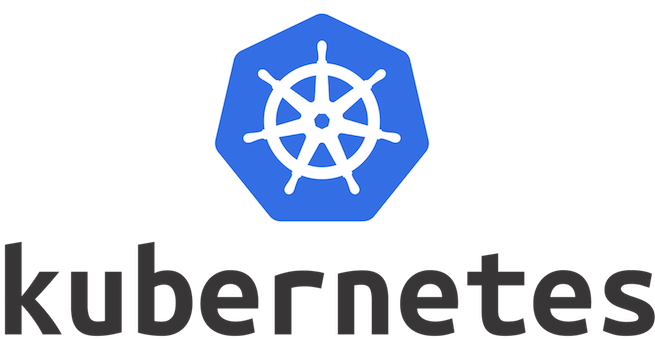Kubernetes Tutorials – Kubernetes Objects. This blog post explains how Kubernetes objects are represented in the Kubernetes API, and how you can express them in .yaml format. This tutorial is the third tutorial in Coding compiler Kubernetes tutorials series. This blog post will give a clear idea about Kubernetes Objects, let’s start reading now and happy learning.
Kubernetes Objects
Kubernetes Objects are persistent entities in the Kubernetes system. Kubernetes uses these entities to represent the state of your cluster. Specifically, they can describe:
- What containerized applications are running (and on which nodes)
- The resources available to those applications
- The policies around how those applications behave, such as restart policies, upgrades, and fault-tolerance
A Kubernetes object is a “record of intent”–once you create the object, the Kubernetes system will constantly work to ensure that object exists. By creating an object, you’re effectively telling the Kubernetes system what you want your cluster’s workload to look like; this is your cluster’s desired state.
Related Article For You: Kubernetes Tutorial For Beginner
Kubernetes Objects Tutorial
To work with Kubernetes objects–whether to create, modify, or delete them–you’ll need to use the Kubernetes API. When you use the kubectl command-line interface, for example, the CLI makes the necessary Kubernetes API calls for you; you can also use the Kubernetes API directly in your own programs. Kubernetes currently provides a golang client library for this purpose, and other language libraries (such as Python) are being developed.
Kubernetes Objects Spec and Status
Every Kubernetes object includes two nested object fields that govern the object’s configuration: the object spec and the object status. The spec, which you must provide, describes your desired state for the object–the characteristics that you want the object to have.
Related Article For You: Kubernetes Components
The status describes the actual state of the object, and is supplied and updated by the Kubernetes system. At any given time, the Kubernetes Control Plane actively manages an object’s actual state to match the desired state you supplied.
For example, a Kubernetes Deployment is an object that can represent an application running on your cluster. When you create the Deployment, you might set the Deployment spec to specify that you want three replicas of the application to be running.
The Kubernetes system reads the Deployment spec and starts three instances of your desired application–updating the status to match your spec. If any of those instances should fail (a status change), the Kubernetes system responds to the difference between spec and status by making a correction–in this case, starting a replacement instance.
Describing a Kubernetes Objects
When you create an object in Kubernetes, you must provide the object spec that describes its desired state, as well as some basic information about the object (such as a name). When you use the Kubernetes API to create the object (either directly or via kubectl), that API request must include that information as JSON in the request body. Most often, you provide the information to kubectl in a .yaml file. kubectlconverts the information to JSON when making the API request.
Related Article For You: Kubernetes Interview Questions
Kubernetes Objects Example
Here’s an example .yaml file that shows the required fields and object spec for a Kubernetes Deployment:
Download: nginx-deployment.yaml
apiVersion: apps/v1beta2 # for versions before 1.8.0 use apps/v1beta1
kind: Deployment
metadata:
name: nginx-deployment
spec:
replicas: 3
selector:
matchLabels:
app: nginx
template:
metadata:
labels:
app: nginx
spec:
containers:
- name: nginx
image: nginx:1.7.9
ports:
- containerPort: 80One way to create a Deployment using a .yaml file like the one above is to use the kubectl createcommand in the kubectl command-line interface, passing the .yaml file as an argument. Here’s an example:
$ kubectl create -f https://k8s.io/docs/user-guide/nginx-deployment.yaml --record
The output is similar to this:
deployment "nginx-deployment" created
Required Fields To Create Kubernetes Objects
In the .yaml file for the Kubernetes object you want to create, you’ll need to set values for the following fields:
apiVersion– Which version of the Kubernetes API you’re using to create this objectkind– What kind of object you want to createmetadata– Data that helps uniquely identify the object, including anamestring, UID, and optionalnamespace
You’ll also need to provide the object spec field. The precise format of the object spec is different for every Kubernetes object, and contains nested fields specific to that object.
Other Kubernetes Tutorials
Kubernetes Interview Questions
Want to learn Kubernetes from industry experts?
Get register for a FREE demo on Kubernetes Training @ Contact us.

